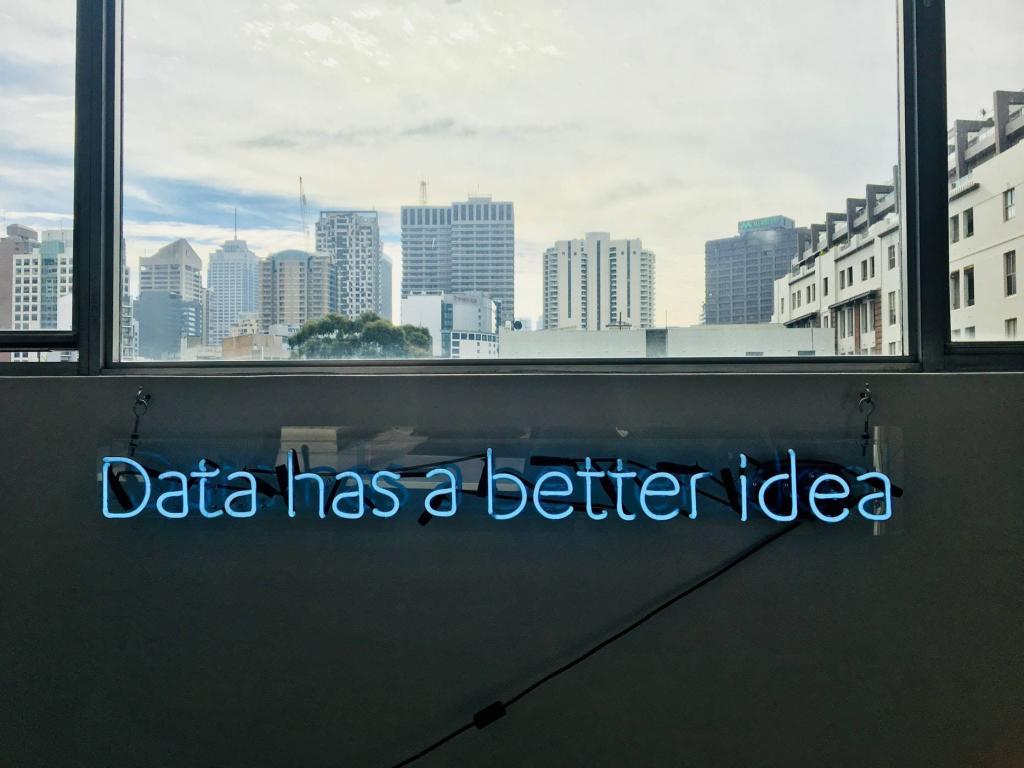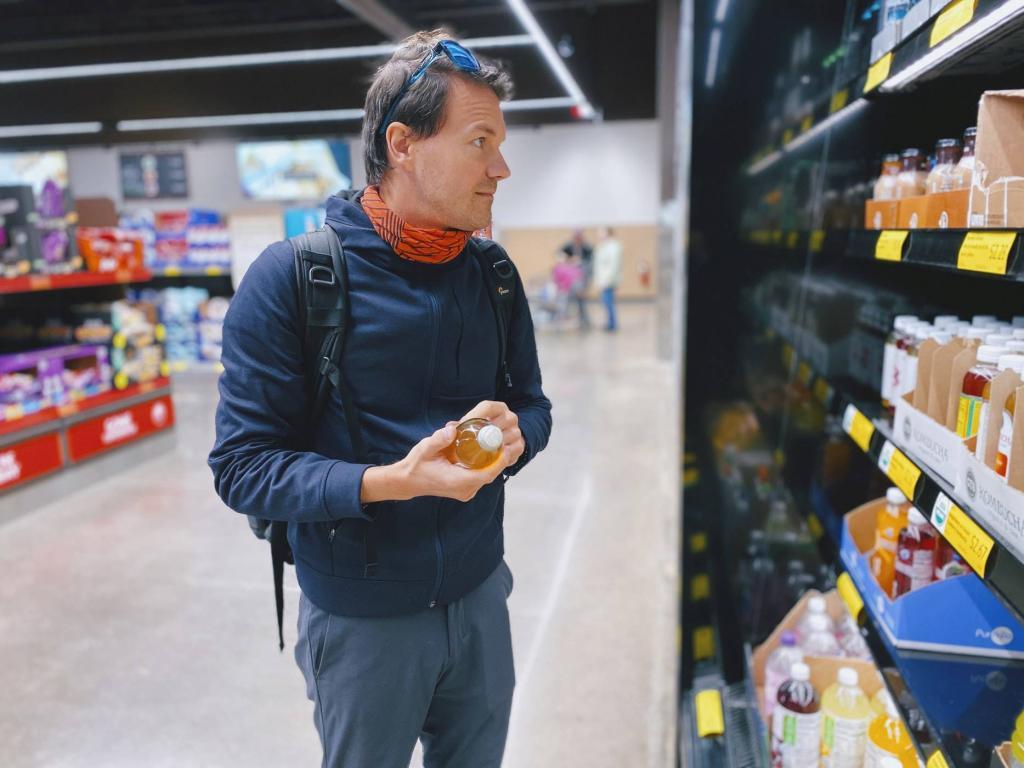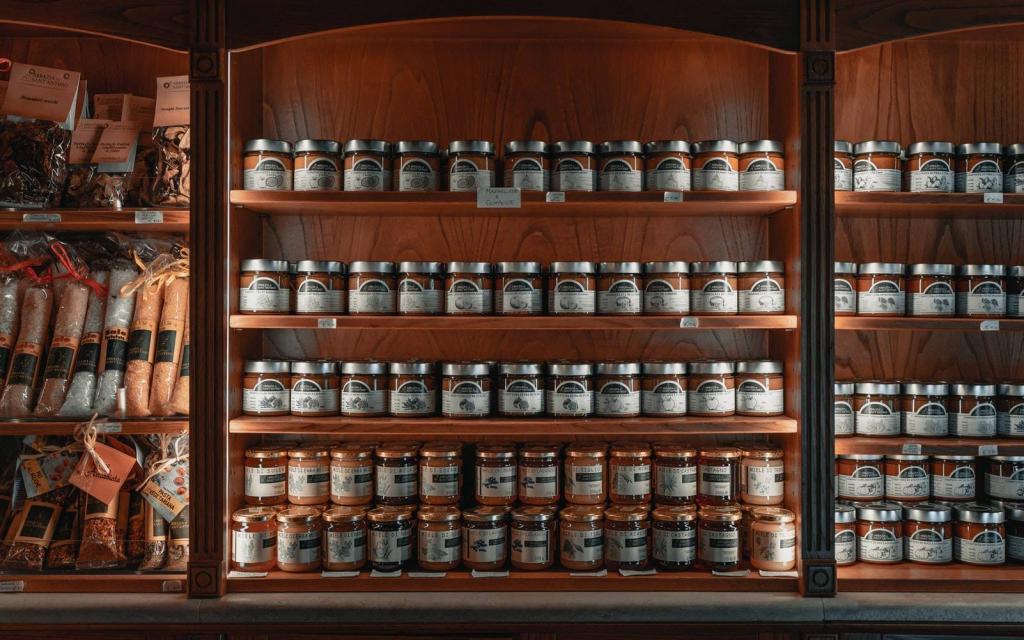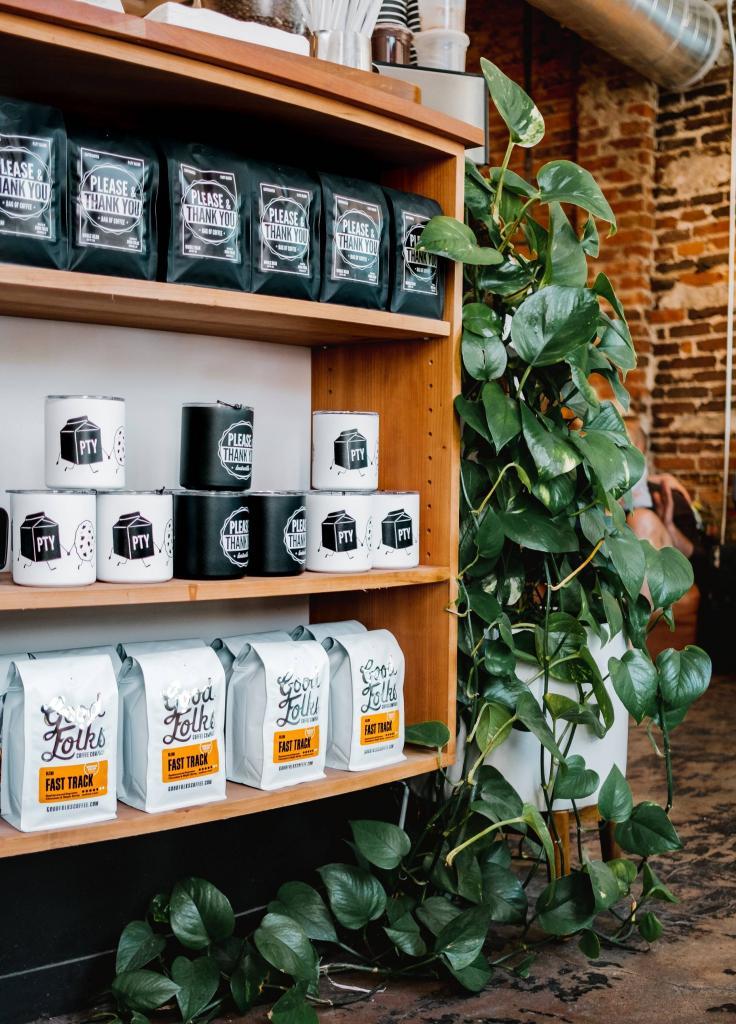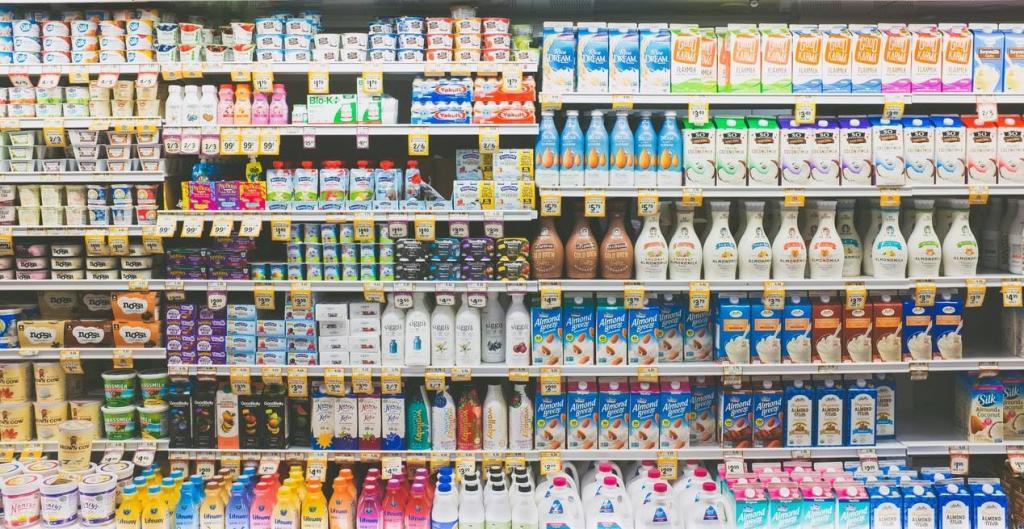3Dアイトラッキング技術とデータで、棚とマーチャンダイジング戦略を次のレベルに引き上げる方法
Shelf and merchandising strategies are quite old trades in retailers and product/brand managers’ marketing mix. Tactics like building solid relationships with KAs (product/brand/store key accounts), advocating for premium shelf space, implementing shelf color blocking, or avoiding out-of-stocks are part of any retailer or brand manager’s strategy towards increasing sales.
So, how can you make your products stand out? What can you do besides these classic tactics that everybody does? And, even more important, how can you take your product merchandising strategy from art to science so that when you DO meet the shopper, your products will be seen and chosen?
We took a shot at answering all these questions as we put together an article to help you optimize and advance your merchandising strategy in a data-driven way, so you can rely more on facts vs. experience or gut feelings when making decisions.
Let’s dive into the why & how of a new data-driven approach built to deliver results.
Using Shopper Data to Improve Your Product Merchandising Strategy
You can differentiate your merchandising strategy, whether you are a retailer who wants to enhance store sales or a marketing manager who wants to increase product sales, by making more educated decisions regarding your merchandising and shelf strategy.
You have to use a more reliable way to increase the possibility of conversion & sales – a “hidden card” that makes your merchandising decisions better and more informed.
And that hidden card is shopper data.
Data can mean Purchase History, Customer Demographics, Product Preferences, Consumer Journey, Engagement Patterns, or Shelf Attention. And this type of info is what can make your merchandising strategy stand out.
But getting to the data isn’t always easy.
Common Issues When Obtaining Shopper Data
Usually, part of the merchandising strategy feels like you do some guesswork based on experience or standard practices.
Big data means surpassing that and having a greater understanding of your consumer’s shopping habits.
To get this type of data, most retailers use focus groups or analytics obtained from their point of sale systems and foot traffic analytics devices (people counters or beacons) – while those are helpful tools that enable you to make data-based decisions, they can only go so far in painting an insightful picture into what customers desire and want to buy.
Let’s see why:
Focus Groups
For example, when deciding the packaging of the following SKU in your product portfolio, as a brand manager, one common practice is to conduct a focus group. But it is well known that people’s answers in focus groups are somewhat overthought and altered by post-rationalization, thus, not as objective as you would need them to be.
Even if you conduct the perfect unbiased focus group, it still won’t give you data regarding a product’s capacity of keeping the attention. It may catch the attention at first glance during the focus group activities, but can the packaging hold that attention as well, thus increasing the chances of being bought?
Eye Level is Buy Level
リテールリサーチの文脈では、ビジュアルアテンションは、お客様が自然に興味を持つものを明らかにします。 Click To Tweet
As for shelf merchandising, everybody learned the basic rule: the benefits of merchandising come down to eye-level shelf interest – eye level is buy level: you need to place the product at the level of straightforward gaze. Products positioned much lower or higher than that aren’t quite noticed and therefore attract less attention from shoppers.
Considering the competition for attention in the eye-level area of interest, what you need to know is…knowing things your competition doesn’t.
So, the eye-level/buy level approach could be a good start for shelf merchandising.
- But, should you place the product more on the right or the left?
- Is shelf 3 or shelf 4 more suitable for your product (bearing in mind that both are at eye level)? Where does the consumer look first?
- And should it be placed next to that fellow brand with more striking packaging colors?
- Is that particular space flattering for your product, or are the shoppers immediately drawn to other products in that area?
- Which product in the planogram just received a glance, and which one retained their attention?
To conduct a proper merchandising strategy, you should be able to answer these types of questions and have access to real, objective, and direct data about your shoppers’ behavior in-store before the act of buying.
You need to be able to “catch them in the act” and observe their authentic reaction and feedback on your product.
And that’s where 3D eye tracking comes in – with its power to capture all your user’s data in a non-intrusive way.
How 3D Eye Tracking Can Help Get Unbiased Shopper Data
In retail, one of the methods used to directly observe what the customer thinks and desires is eye tracking.
Analyzing the shopper’s eye movements can tell a lot about his perceptions, intentions, and future actions.
And it can also tell a lot about your products as well – you can see product sales increase from the sales numbers, but only if you use eye tracking are you able to understand if your product was not bought because it was unseen or unliked.
So far, eye-tracking has been done mainly by using special glasses or headsets. These are given to the customers to be worn during the shopping process.
As this method has proved its efficiency over time, but also its limitations, being a rather intrusive and controlled method, here, at Eyeware Tech, we took market research and eye-tracking a step further and created 3D eye-tracking – a technology that remotely tracks visual attention from as far as 1.3m (4.3 ft) away.
This means:
- No glasses – it is a non-intrusive method
- No VR headset – the shopper is not burdened by any heavy objects while shopping
- No personal approach with the shopper – it is all anonymous and GDPR friendly
- No calibration
深度センサーカメラさえあれば、GDPRに配慮した匿名の方法で何千人もの顧客を追跡することができます。
Using off the shelf depth-sensing cameras, it allows you to track multiple subjects, label objects of interest (shelves, displays, or other merchandising items) in the open space, and track attention towards them in real-time, with the help of GazeSense, a 3D eye tracking software created to be able to map your store or your point of analysis (shelf display, products, etc.).
How to Implement Data to Advance Your Merchandising and Shelf Product Strategy
When developing a merchandising strategy, especially as a retailer, crossing all the Ts and dotting all the Is is critical. Not only do you have to think big scale about the way you merchandise your shop (or your product, as a marketing manager), but also go into the small details, the small shelf or merchandising tactics that, although small, could have a high impact on your ROI.
Below, we created a checklist of essential merchandising factors to consider when developing a merchandising strategy either for your shop or your brand/product.
And to add that USP to your merchandising strategy, we also give a couple of insightful advice on when & how you could use 3D eye tracking for your merchandising strategy and, most importantly, how this technology helps you make better and more informed merchandising decisions:
In-store Layout
As a retailer, you know the strong relationship between merchandising and store layouts. Shoppers can be enticed by the way a store looks, and they are keen on having a store or shelf experience rather than go from aisle to aisle with their shopping list.
By using 3D eye tracking for in-store layout improvements, you will be able to analyze and have precise answers for questions like:
- where does shoppers’ attention go first when they enter your store?
- what do people look at in low or high traffic aisles?
- what display caught the eye at the end of the shelf (the one on the right or the one on the left)?
Practically, at the end of the process, you will be able to influence the shopper’s experience and your sales for the better, having access to real, tangible data. You will improve the layout of your store and make it easier to navigate – by having clarity on points of confusion, attention hotspots, and distractions.
You will have all that is needed to create a tailored in-store experience – having all this data, you can combine the best place, the best products, and the best signage to create an appealing in-store hotspot or engagement area.
Shelf Level
One of the most critical parts of a merchandising plan is how you strategically arrange your shelves and create planograms.
Knowing what products require premium shelf positioning and what products would have a better chance of selling if they were placed just a little more visibly is crucial for your sales. For example, let’s say that you are a retailer that has a private label and wants to know precisely the second place the shoppers look at on the shelf (supposing you reserve the first place to a top-selling brand in your category) in order to place the private label product.
3D eye tracking enables access to this type of data by being able to analyze multiple subjects and their attention span on the shelf. The GazeSense software can track things like:
- how long it took the shopper to focus on a specific product on the shelf;
- what area he focused on first, the order of the glances;
- the number of times he/she looked at an item;
- how long he/she spent gazing at an item on the shelf for the first time;
- how long he/she spent gazing at an item on average.
Each type of gaze, eye movement, or blinking habit says something about your subconscious perception of a specific product.
The 3D eye tracking software can be used to generate heat maps and opacity maps to show this type of information. The warmer or lighter an area on the shelf is, the more visual attention it receives.
Having this type of data analyzed, making decisions about your shelf strategy becomes a very professional and very “in-the-know” process that goes as far as guaranteeing good results, leaving the guesswork behind.
You no longer have to wait to see how the customers act after you implement your shelf strategy and decide whether you have to change it or not, but rather directly benefit from exemplary shelf implementation and good results.
Display Performance
When you have a product that sells better in one store than in another, it is instrumental in knowing what made that product so wanted in the store that sold it better.
Maybe you prepared the same point of sale (PoS) kits/displays for every store in your chain for that product, but the results are different. What made it so? Or maybe you prepared two display prototypes with different shapes and colors and want to see which one grabs more attention.
One way to see how shoppers react to your display design or display kits is by tracking their attention to your displays in-store.
By using 3D eye tracking, you can see which signage is completely ignored, what shape/color/type of display grabs more attention, or which CTA is the one that turns heads and retains attention.
This way, you can measure and report on display performance and answer important questions such as:
- what do shoppers look at/don’t look at when they pass an aisle? How do displays affect it;
- what displays are seen, not seen, just noticed (3 seconds or more), read (2 seconds or more), which ones retain attention and which ones brought you more sales, at the end of the day;
- are my display promotions being read, glanced at, or ignored? Are these displays the reason for my good campaign results?
- moreover, you can analyze if displays that communicate different promotions are sucking attention away from aisles or if they’re helping sales grow.
Product Packaging
Tackling store layout and shelf performance are two parts of retail merchandising puzzle. Along with those two, a product merchandising strategy should be developed.
You can have the perfect shelf spot, but if it’s not backed-up with an appealing design, it won’t give you the best results.
3D eye tracking can answer essential questions when in a big marketing dilemma. As we’ve already mentioned, it can really make a difference in changing your strategy if your product didn’t sell, and it can explain why your product was not bought – you are able to track if shoppers just didn’t see your products or they saw it, analyzed it, but decided not to buy it. This is really helpful in calculating your next steps as a product or trade manager.
3D eye tracking can also help you evaluate branding and packaging directly on the shelf, before any big launches that you have in mind. It allows you to conduct proper A/B testing for packaging/branding if you want to launch a new or limited edition product. By placing the two different packaging designs on the shelf alternatively, you can see which one is better welcomed by the shopper’s eye and, in the end, by the shopper’s shopping cart.
And the same goes for ad campaigns as well – you can test different messaging in 1 or 2 local shops before going national with your campaign.
Tracking the shopper’s reaction and gaze at the moment of purchase will give you the authentic, raw reactions that you genuinely need when assessing branding or advertising campaigns. And raw reactions will result in raw and pure data about the appeal of your in-store campaign and data-driven merchandising decisions.
Where You Stand with Retail Merchandising versus Competition
Let’s not forget about competitive research. What once was biased guesswork about how shoppers interact with your product vs. a competitor’s can now be factual.
3D eye tracking lets you see how decided/undecided buyers are at the shelf, the number of brands seen before purchase, which were those brands, if they gazed longer at you or the competition, and what final choice they made.
Moreover, you will see how they perceive you differently from the competition regarding purchasing: are you more grab & go than your first competitor or vice-versa? Is your product highly considered amongst the competitors when in front of the shelf, or do they pass you by?
Understanding your place in-store and at the shelf, by comparison, puts things into perspective and can give you valuable hints for how to go along with your retail merchandising strategy.
Wrapping Up: Retail Merchandising Has Gone Tech. Will You Adapt & Evolve with It?
Data analytics has become the norm in online retail merchandising. And it should be more so in offline retail as well.
You can now complement demographics, footfall, and local shopping behaviors with new deep data about shoppers’ in-store behavior and the attention they give to your products, shelves, and displays.
With 3D eye tracking, merchandising is becoming more of a science than art, and strategically organizing stores, shelves, and displays is becoming more of a calculated process than guesswork.
You can now know what specific elements in the display grabbed the shopper’s attention, what part of the shelves they scanned first, and how eye-catching certain products are to them. You can know what areas are well suited for sales and promotion and should be kept for awareness campaigns.
It is safe to say that eye tracking will become a permanent “guest” in the marketing research of retailers and their merchandising strategy process, transforming the retail industry into a more technological one. And in this technology and AI-driven retail climate, there is no going back: it is up to retailers to keep up with the emerging trends and remain competitive on the market.
We can assist you in gaining a competitive advantage in your retail merchandising strategy. Eyewareチームに連絡する, and we will be glad to help you try real-time 3D gaze coding with GazeSense!
